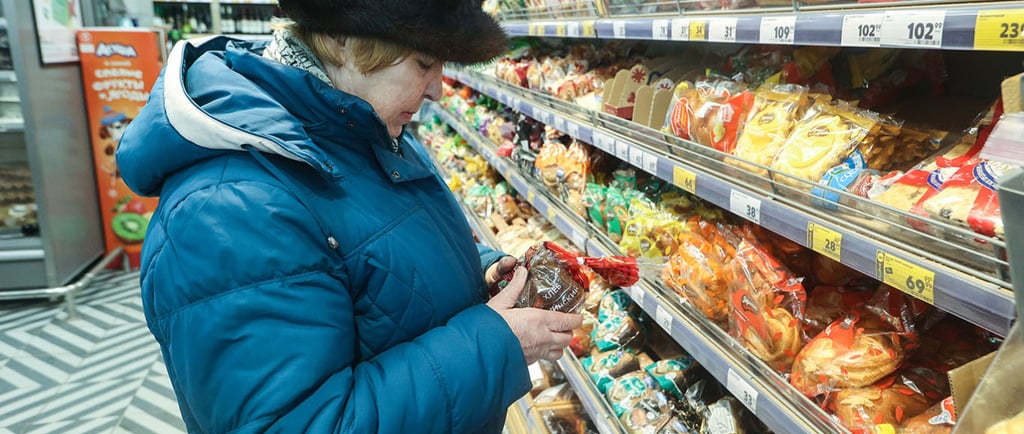Russia: Inflation Continues to Spiral
Inflation in Russia has become a defining feature of the nation's economic and political landscape, with its roots firmly embedded in geopolitical tensions and structural inefficiencies. Can Russia overcome these challenges to build a more resilient economy, or will it remain mired in a cycle of stagnation and decline?
RUSSIA
Roman Frantsyian
1/7/20254 min read


Inflation in Russia has taken on a distinctive character, shaped by the nation's geopolitical strategies, economic policies, and the ongoing ramifications of war. The volatile mix of military spending, sanctions, and structural inefficiencies creates a unique environment where inflation affects every aspect of the economy, from households to businesses. Understanding the nuances of inflation in this context necessitates a close examination of the factors driving it and the consequences it has for the country's economic landscape.
The Russian government’s prioritisation of military expenditures has emerged as a central driver of inflation. The allocation of resources to fund the war effort diverts critical assets away from civilian sectors. This diversion is exacerbated by the physical destruction of labour forces and infrastructure. As the government injects more roubles into the economy to cover war-related costs, the currency further weakens, resulting in higher import prices and intensifying inflationary pressures. Despite attempts to portray military spending as beneficial to economic growth, the reality is starkly different. The loss of human capital to the war effort—whether through military mobilisation or migration—creates long-term labour shortages that hinder productivity and economic growth.
Sanctions imposed by Western nations further aggravate these challenges by restricting Russia's access to global markets, advanced technologies, and financial systems. The resulting supply chain disruptions compel businesses to source inputs domestically at higher costs or from alternative markets, which often supply inferior or more expensive goods. Meanwhile, the devaluation of the rouble significantly increases the cost of essential imports such as machinery, pharmaceuticals, and consumer electronics, triggering a cascade of price rises across the economy. The lack of diversified domestic production means that many sectors remain heavily reliant on imports, further amplifying the effects of inflation.
The interplay between inflation and currency devaluation has profound implications for Russian businesses. Export-oriented industries, particularly those dealing in commodities such as oil and gas, initially benefit from a weaker rouble as they receive more roubles per dollar earned. However, this advantage is short-lived in the face of rising operational costs. For example, companies reliant on imported equipment or foreign expertise face escalating expenses. This phenomenon is especially pronounced in industries such as manufacturing and technology, where dependence on imported components is high. Businesses unable to pass on these costs to consumers experience shrinking profit margins, while those that do risk pricing themselves out of the market.
Small and medium-sized enterprises (SMEs) bear the brunt of inflationary pressures. Unlike large corporations, SMEs often lack the financial reserves or market power to absorb cost increases or negotiate better terms with suppliers. Many SMEs in Russia are deeply integrated into local economies and depend on consumer spending, which is dampened by rising prices and declining real incomes. The combination of reduced purchasing power and higher operating costs pushes many small businesses to the brink of closure, resulting in job losses and further economic contraction.
For consumers, inflation erodes purchasing power and reshapes spending patterns. The cost of basic goods such as food and energy has risen sharply, disproportionately affecting lower-income households. Rural residents and pensioners, who rely on fixed incomes and limited local markets, are particularly vulnerable. While urban professionals may adjust their consumption by substituting imported goods with domestic alternatives, the quality gap between these options remains significant. This shift in consumption does little to alleviate the broader economic stagnation caused by inflation.
At a macroeconomic level, the Central Bank of Russia has attempted to combat inflation by raising interest rates. While this measure helps stabilise the rouble and reduces inflationary pressures in the short term, it also discourages borrowing and investment. Higher interest rates increase the cost of financing growth or restructuring debt, limiting businesses' ability to adapt to the challenging economic environment. Additionally, the emphasis on curbing inflation often comes at the expense of economic growth, creating a delicate balancing act for policymakers.
A case study in this dynamic can be observed in the timber and construction industries. Timber companies employing Soviet-era equipment and local labour initially benefit from the rouble's devaluation as their costs remain relatively stable. However, as inflation accelerates, wages and domestic input costs rise, eroding these early gains. Construction firms, heavily reliant on imported materials and skilled labour, face even greater challenges. Projects are delayed or cancelled as costs spiral out of control, further depressing economic activity.
The experience of Turkey provides a useful comparison. Like Russia, Turkey has faced high inflation and currency devaluation. However, Turkey's economy is more diversified and includes robust export sectors such as textiles, agriculture, and tourism. These industries have allowed Turkey to partially offset the negative effects of inflation. In contrast, Russia’s heavy reliance on energy exports offers fewer opportunities for diversification. Tourism, which could provide a valuable source of foreign exchange, has been severely curtailed by geopolitical isolation and safety concerns.
The broader geopolitical implications of inflation in Russia cannot be ignored. As the government prioritises military spending and suppresses dissent, public dissatisfaction increases. Inflation, coupled with declining living standards, erodes trust in institutions and fuels social unrest. Moreover, prolonged economic instability diminishes Russia's global standing and weakens its ability to project power abroad. Countries facing similar inflationary pressures may view Russia as a cautionary example of the long-term costs associated with aggressive foreign policies and economic mismanagement.
Addressing inflation in Russia requires a multifaceted approach. Diversifying the economy is paramount. Reducing reliance on energy exports and investing in manufacturing, technology, and agriculture could create a more resilient economic foundation. Strengthening domestic production capabilities, particularly in sectors currently reliant on imports, would help stabilise prices and reduce vulnerabilities to external shocks. Fiscal discipline is also critical. Redirecting resources from military expenditures to healthcare, education, and infrastructure would not only alleviate inflationary pressures but also foster long-term economic growth. Monetary policy must strike a balance between controlling inflation and promoting economic activity. Targeted subsidies for essential goods and services could provide immediate relief to vulnerable populations while ensuring that inflation control measures do not stifle growth.
Inflation in Russia is a symptom of deeper structural and geopolitical issues. Its impact on businesses, households, and the economy as a whole underscores the urgent need for reform. However, achieving meaningful change will require not only technical expertise but also political will and societal consensus. The choices made in the coming years will determine whether Russia can emerge from this challenging period with a stronger and more resilient economy or continue down a path of stagnation and decline.


